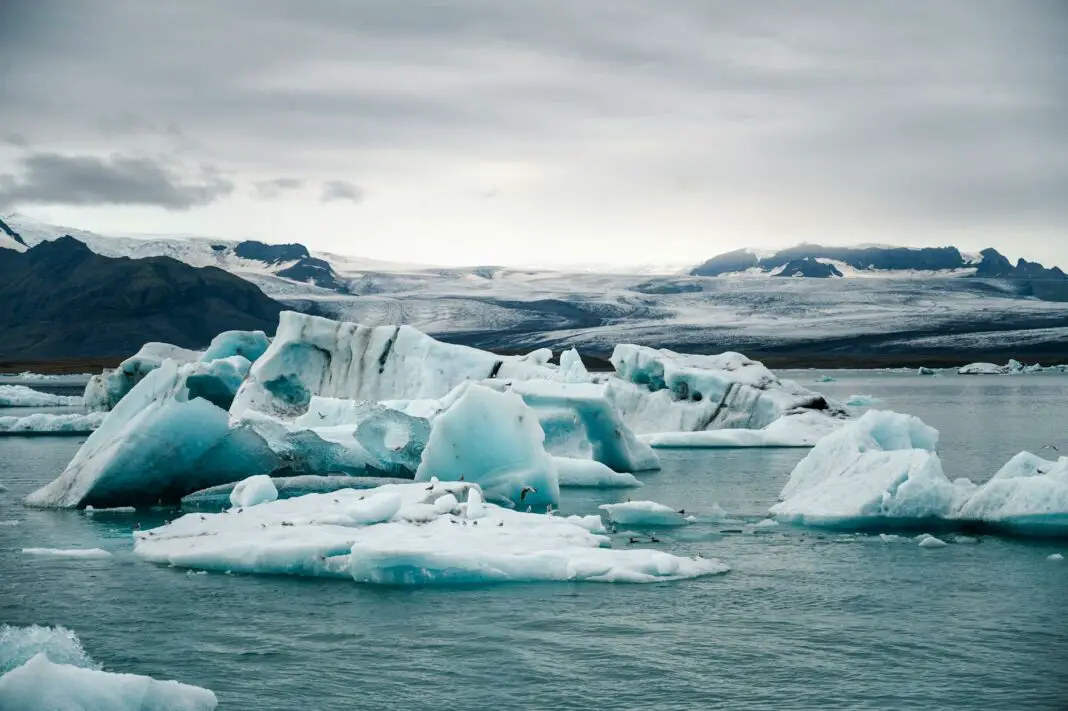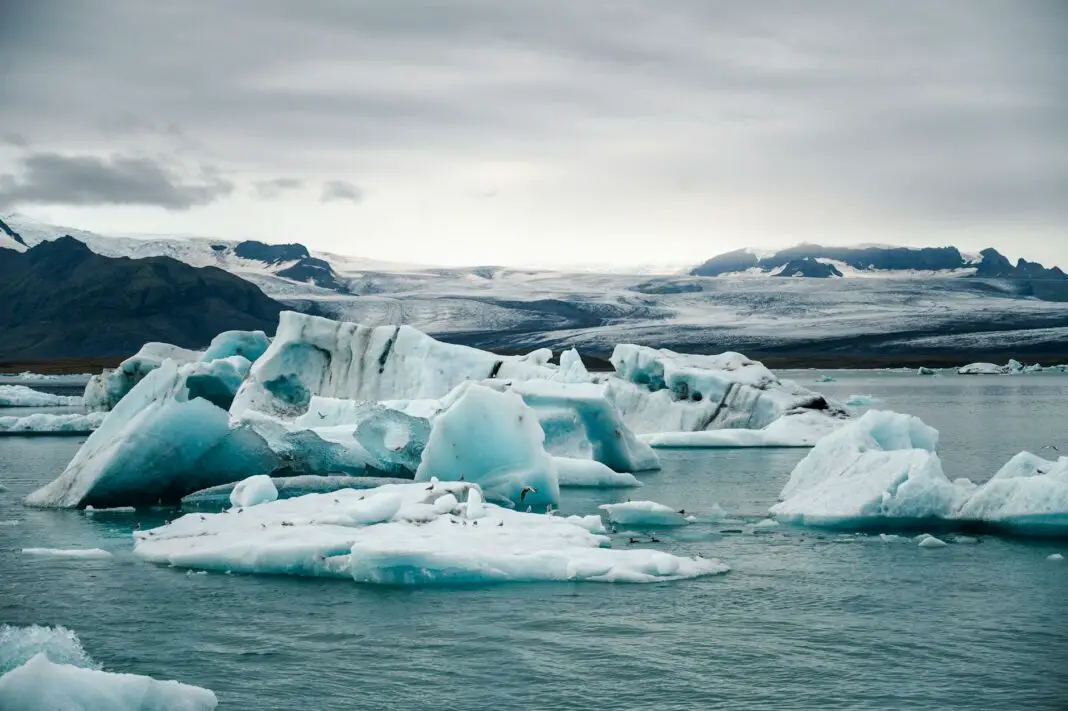Thailand, known for its breathtaking landscapes, rich culture, and vibrant cities, has become synonymous with paradise for countless tourists. However, as beautiful as it is, the rising concerns about climate change are shaking the very foundation of this tropical haven. Visitors often ask if climate change is ruining Thailand’s paradise for tourists. In this blog post, we will explore how environmental changes impact this stunning destination, offer insights into local initiatives for preserving its beauty, and suggest ways travelers can still enjoy Thailand while being mindful of these challenges.
The aim is to shine a light on the resilience of this paradise while addressing the pressing issue of climate change. You’ll discover both the challenges and positive steps taken to preserve Thailand. Let’s dive into the unique aspects of Thailand’s allure and its struggles, as well as how tourism can adapt and contribute positively toward sustainable travel.
Table of Contents
- Understanding Thailand’s Climate Patterns
- Impact of Climate Change on Tourism
- Local Initiatives to Combat Climate Change
- What Travelers Can Do
- Embracing a Sustainable Travel Mindset
- Frequently Asked Questions
Understanding Thailand’s Climate Patterns
Thailand is characterized by its tropical monsoon climate, showcasing a diverse array of weather conditions throughout the year. The distinct seasons typically include the cool season from November to February, the hot season from March to May, and the rainy season from May to October. These patterns not only influence tourist activities but also impact agricultural practices and local ecosystems. However, climate change is beginning to disrupt these traditional weather cycles, leading to more erratic rainfall and extreme weather conditions.
As a result, the predictability of seasons is changing, creating a ripple effect felt across various sectors, particularly tourism. For travelers, understanding these shifts becomes crucial. By recognizing how climate fluctuations may alter travel plans, visitors can choose more appropriate times to explore Thailand’s treasures. Furthermore, the modification in weather patterns also affects wildlife migrations and plant blooming cycles, meaning the stunning natural sights are not guaranteed as they once were. By remaining informed, tourists can make conscientious choices that align their travel with the best environmental outcomes.
Impact of Climate Change on Tourism
The formidable threat of climate change poses significant challenges to Thailand’s tourism industry. Coastal areas, known for their idyllic beaches, are increasingly vulnerable to rising sea levels. These changes result in beach erosion and the loss of marine ecosystems, which ultimately detracts from the experience that millions of tourists seek every year. Furthermore, unpredictable weather events such as droughts and flooding disrupt not only local livelihoods but also the overall tourist infrastructure, leading to a decline in visitor satisfaction.
With these environmental shifts, it is essential to consider the long-term implications for the country’s economy, which largely relies on tourism revenue. Tourists may find that their favorite activities, such as snorkeling in crystal-clear waters or exploring vibrant coral reefs, are increasingly at risk. Bail-outs for local communities heavily dependent on tourism might become necessary due to the vulnerabilities created by climate change, making it critical for stakeholders and visitors alike to work toward sustainable solutions. Essentially, climate change represents not just a threat but also an opportunity for rethinking what travel means and how it interacts with nature.
Local Initiatives to Combat Climate Change
Amidst these challenges, local initiatives across Thailand showcase resilience and a strong commitment to sustainability. Various community-driven projects focus on reforestation, waste management, and promoting eco-friendly tourism practices. Notably, organizations are working diligently in areas like Chiang Mai and Phuket to educate both locals and tourists about the importance of preserving natural resources and ecosystems.
An excellent example is the initiative of protecting coral reefs through coral transplantation, which aims not only to rejuvenate marine life but also to encourage sustainable diving tourism. Furthermore, many resorts and hotels are now adopting green practices, such as reducing plastic use and sourcing food locally. Involvement from the government and NGOs in these initiatives creates a powerful collective effort towards making tourism in Thailand environmentally resilient. Tourists have a unique opportunity to support these initiatives by choosing eco-friendly accommodations and participating in volunteer programs, thereby contributing to a stronger, more sustainable future for Thailand.
What Travelers Can Do
Travelers play a vital role in shaping the future of tourism in Thailand. By making informed choices, tourists can help preserve the beauty and charm of this remarkable destination. First, consider supporting local businesses that prioritize sustainable practices. Dining at farm-to-table restaurants or shopping at shops that sell handmade, local products vastly contributes to the community while minimizing the carbon footprint of imported goods.
Moreover, eco-tours are a fantastic way to experience Thailand’s natural wonders while ensuring that the benefits are shared with local communities. Participating in beach clean-ups or conservation projects offers tourists a hands-on approach to giving back. Additionally, actively seeking out sustainable transport options—be it cycling tours, walking, or electric public transpiration—can significantly reduce environmental impact. With every thoughtful choice, travelers can experience the enchanting authenticity of Thailand while playing an essential role in protecting its natural paradise.
A Bright Future for Thailand’s Paradise
Despite the looming challenges posed by climate change, there remains an abundance of hope and proactive change within Thailand. By focusing on local initiatives and the dedication of communities, this beautiful destination can continue to thrive as a tourist paradise. Moreover, travelers have the power to influence the path forward by choosing responsible practices that benefit both the environment and local quality of life.
Ultimately, each visit to Thailand is an opportunity not only to indulge in its enchantment but also to become part of its preservation story. When combined, the efforts of locals and thoughtful travelers can reignite the vibrancy of Thailand, ensuring it remains a paradise for generations to come. Embracing sustainable travel thoughtfully strengthens the bond between the beauty of the location and the experience of adventure. By encouraging responsible tourism, we can collectively ensure that Thailand’s splendor endures, creating lasting memories for everyone who visits.
Frequently Asked Questions
- How can I minimize my environmental impact while traveling in Thailand?
Opt for eco-friendly accommodations, avoid single-use plastics, engage in local conservation projects, and choose sustainable transportation options. - What are some must-visit eco-friendly destinations in Thailand?
Locations like Chiang Mai, Koh Tao, and Khao Sok National Park focus on sustainable tourism and conservation efforts. - Are there volunteer opportunities related to environmental conservation in Thailand?
Yes, many organizations offer programs for travelers to participate in beach clean-ups, wildlife protection, and community development. - How does climate change specifically affect Thailand’s tourism?
Extreme weather patterns, rising sea levels, and the degradation of coral reefs threaten the natural beauty and tourist attractions. - What can I do to support local communities during my visit?
Support local crafts, dine at local restaurants, and choose tour operators that are dedicated to ethical practices and sustainability.
Image Credit: Pexels





